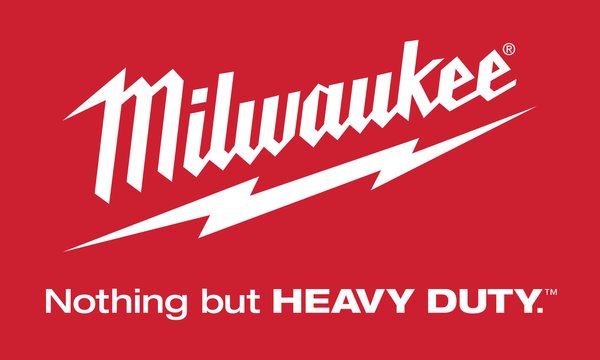What is ‘Sham Contracting’ and how do I avoid it?

What is a Sham Contract?
A sham contract (or sham contracting) is when an employer falsely represents an employment relationship as an independent contractor arrangement. This is often done to avoid providing employee entitlements such as minimum wages, superannuation, leave, and other workplace benefits.
Sham contracting is illegal under the Fair Work Act 2009 and is considered a serious breach of Australian workplace law. Employers found engaging in sham contracting can face significant penalties and compensation claims.
Why is sham contracting illegal?
Sham contracting denies workers their lawful rights and protections. By misclassifying employees as contractors, businesses gain an unfair advantage over compliant employers and shift costs onto workers. This undermines:
- Workplace rights (leave, superannuation, minimum pay rates)
- Fair competition in the industry
- Trust between employers and employees
Key characteristics of a sham contract
There are a few common signs that a worker may have been misclassified as a contractor:
Misrepresentation: An employer calls someone an independent contractor, but they are treated like an employee.
Control: The employer dictates hours, tasks, and how the work is performed.
No independence: The worker cannot subcontract their work or negotiate their pay rate.
Denied entitlements: The worker does not receive leave, superannuation, or award rates.
How to avoid sham contracting as an employer
To protect your business, it’s important to:
- Review contracts carefully to ensure they reflect the true working relationship
- Understand the legal differences between an employee and a contractor
- Seek independent advice before offering contractor arrangements
- Keep accurate records of pay, superannuation, and entitlements
What are the recent changes to Sham Contracting Legislation
There have been some changes to the sham contracting provisions of the Fair Work Act 2009 (Cth) as of 27 February 2024, which mean that employers cannot defend a claim of sham contracting by saying that they thought it was a real independent contracting situation unless it is ‘reasonably believable’ to do so. This is a higher standard than the previous requirement for this defence, which only required that they have not been reckless in believing that a worker was truly an independent contractor.
Legally speaking, what is an independent contractor can be complicated and there is a long history of litigation on the matter. There are several factors considered when assessing the nature of a contract, comprising tests referred to as the ‘control test’, the ‘multifactor test’ and the ‘organisation test’. The most important of these is the control test which refers to whether the individual’s duties and how and when they are performed are determined solely by the alleged employer, or whether the individual has autonomy over these.
The second test is the multifactor test where a variety of matters are considered. These are summarised below. No single factor is determinative, nor do all have to be present.
Factors
- Whether a written Agreement exists and what the terms are.
- Whether the hours worked by the person were fixed.
- Whether the person received a salary/wage or self-employed making a profit.
- Was the person entitled to general employment benefits such as annual leave.
- No payroll tax but GST is another indication of a sub-contractor nature.
- Whether invoices were issued by the person under a separate ABN number.
- Whether a separate legal entity such as a company has been registered.
- Skilled labourers are likely to be classified as sub-contractors.
- Whether the person was allowed to perform work for other companies outside their working hours and allowed to employ others to perform the work on their behalf.
- Whether the tools/equipment/motor vehicle used by the person in performing their services were their own or were they tools/equipment/motor vehicle provided by you.
Finally, the organisation test refers to whether the person would reasonably be considered a part of the organisation when this is viewed objectively. For example, do they wear a uniform?
These tests are not substantially changed by new legislation, however, should an employer be found to have engaged someone as an independent contractor when they would rightly have been considered an employee, the Court may use these factors when considering whether the employer’s view was ‘reasonably believable’.
How ECA WA can help
Navigating workplace law can be complex, but you don’t have to do it alone. As a member of ECA WA, you have access to:
- Expert legal and industrial relations advice
- Guidance on compliant employment contracts
- Resources to ensure you meet your Workplace Health & Safety obligations
- Tailored support for WA electrical businesses
By staying compliant, you not only protect your workers but also safeguard your business from penalties and reputational damage.
Disclaimer: This summary is a guide only and is not legal advice. For more information, call ECA Legal on (08) 6241 6129 or email ecalegalwa@ecawa.org.au













